We surveyed dozens of people in the restaurant biz on what they never, ever touch, whether it's to avoid outrageous markup, food poisoning, or germ minefields. Watch for these offenders.
Iceberg lettuce
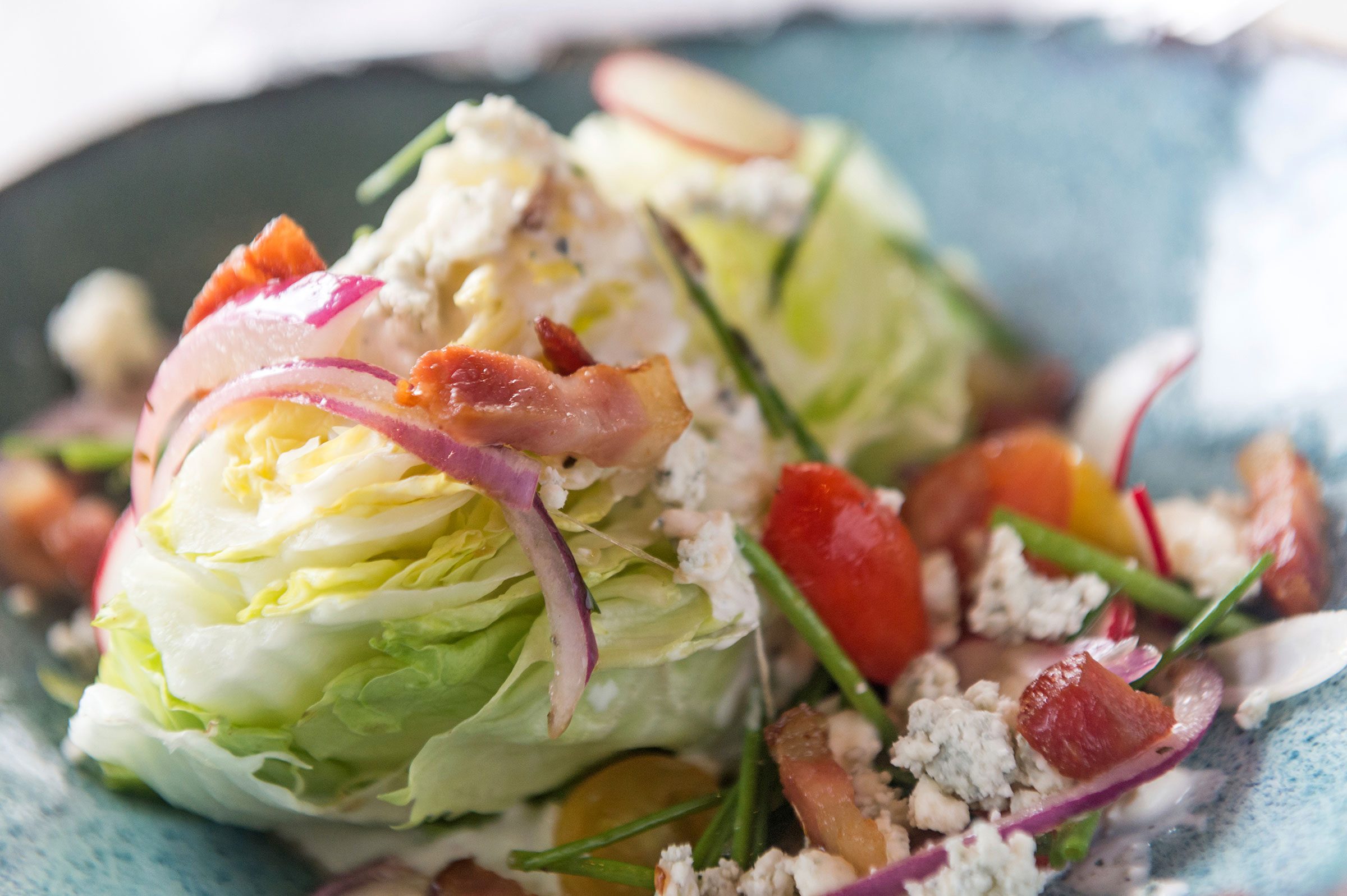 JUANMONINO
JUANMONINO
The iceberg wedge salad is one of the industry’s biggest rip-offs. Take into account that iceberg lettuce is about 98 percent water, and it’s easy to see why. “It's marked up at least 20 times,” says Peter Chastain, executive chef and owner of California’s Prima Ristorante. Plus, germs can hide inside lettuce’s cracks, corners, and edges. “You think lemons in water are dirty? The salads are filthy,” Cannon says. Even if restaurants do decide to wash their greens, the lettuce is often served soggy, which is big red flag—standing water mixed with lukewarm, mayo-based dressing is a disaster waiting to happen. These are the secrets your restaurant server isn't telling you.
Best-sellers
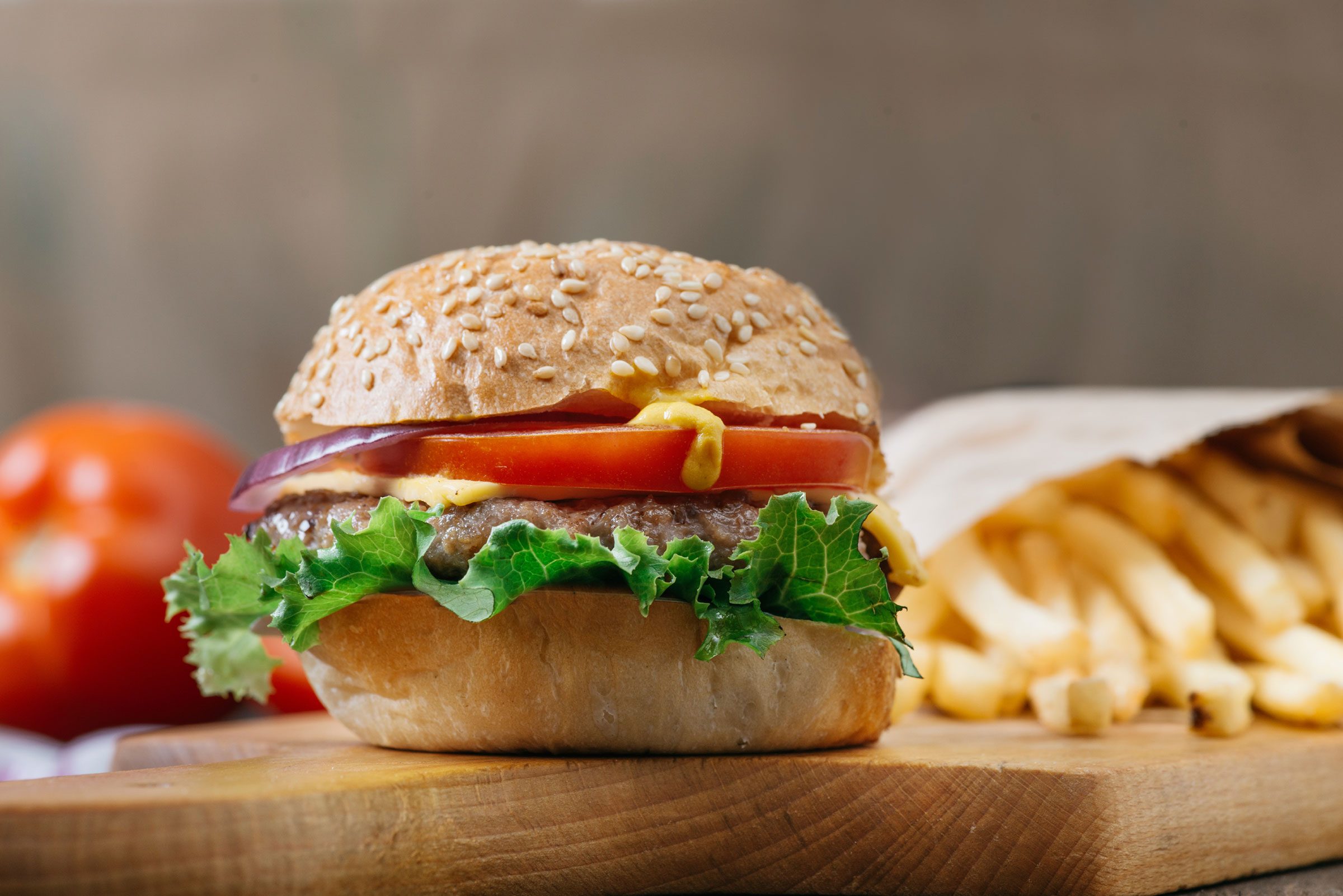 ISTOCK/SERBBGD
ISTOCK/SERBBGD
You might think best-selling items have high turnover. But to keep up with demand, fast-food restaurants and some other places pre-make their top sellers, which gives these wrapped and bagged choices plenty of time to develop food-borne illnesses. Instead, opt for the less popular options which are more likely to be prepared to order, says Howard Cannon, CEO of Restaurant Expert Witness and author of The Complete Idiot’s Guide to Starting A Restaurant, who adds, “Anything sitting in holding, covered with mayonnaise, is probably not that great." If you order these 8 dishes, you're basically ordering a heart attack on a plate.
Tap water
 ISTOCK/MILOSSTANKOVIC
ISTOCK/MILOSSTANKOVIC
"One of the most dangerous items in a restaurant is water,” Cannon says, although anything that sits between 40 degrees to 140 degrees for more than a short time has a high potential to harbor bacteria. If your table is already set with a carafe of water, or you're handed anything warmer than ice-cold, ask for a new glass.
Free bar snacks
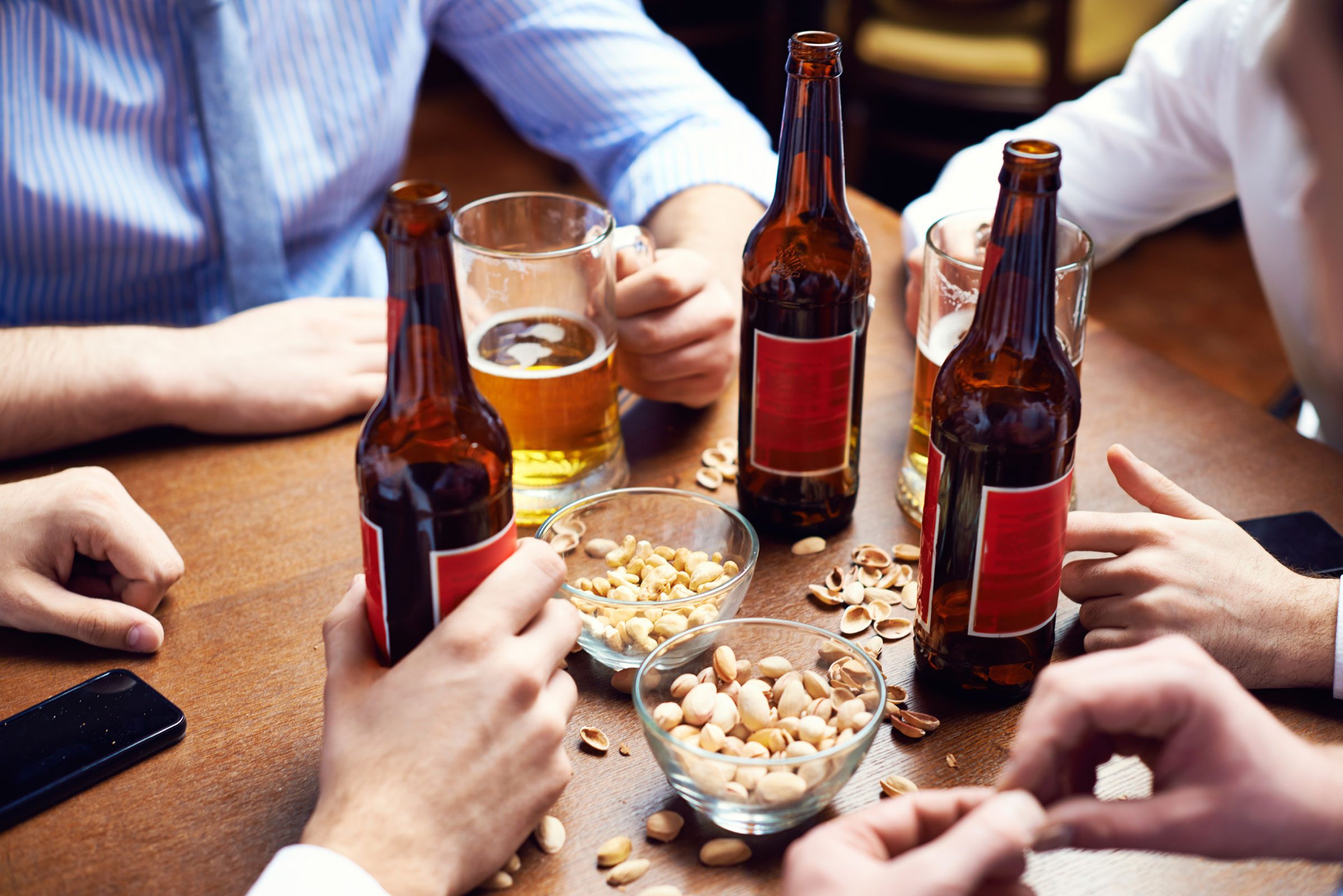 ISTOCK/MEDIAPHOTOS
ISTOCK/MEDIAPHOTOS
Since these nuts, pretzels, and other munchies are free of charge, restaurants and bars often don’t set out a fresh serving for each new customer. It's like eating out of a stranger's hand! Then at closing time they're dumped back into a container, to be re-poured into dishes the next day. Try these bar snacks that are actually good for your heart.
CONTENT CONTINUES BELOW AD
Meat with the bone in
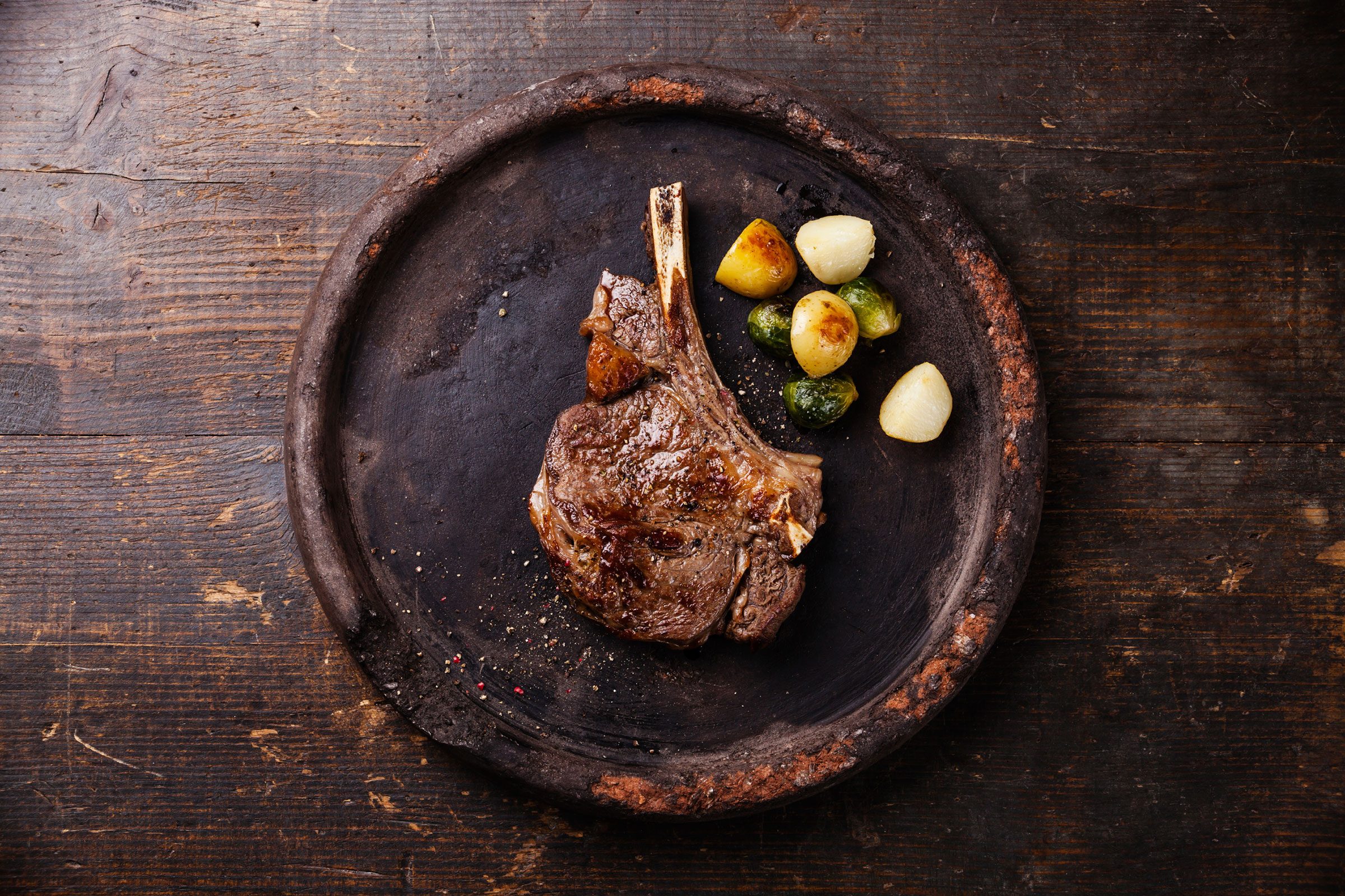 ISTOCK/LISOVSKAYA
ISTOCK/LISOVSKAYA
Small cuts of meat, like bone-in pork or chicken breasts, are harder to cook thoroughly because their outsides easily char. This often translates to crispy on the outside and raw on the inside. Unlike undercooked beef—say, a rare burger or a steak tartare—undercooked pork and chicken are highly dangerous and could causes food-borne illnesses, according to the Center for Disease Control and Prevention. Plus, bone-in means less meat.
Sauced-up specials
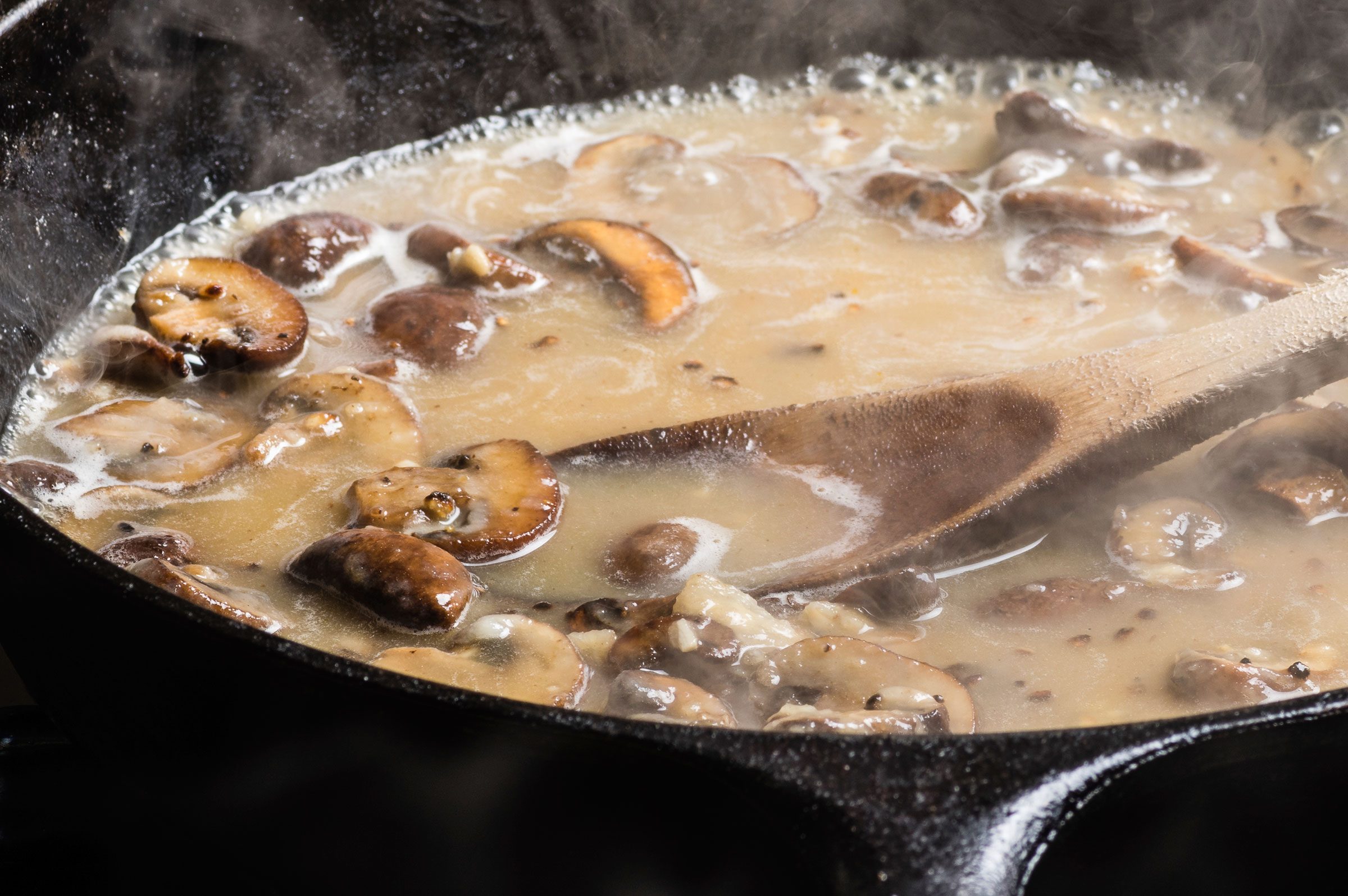 ISTOCK/JATRAX
ISTOCK/JATRAX
To avoid running out of ingredients during the dinner rush, restaurants often order more food than they need. At the end of the day, surplus ingredients that haven't expired can turn into tomorrow’s specials, disguised with sauce. “Watch out for an expensive item used in a way that's minimizing its flavor,” says Stephen Zagor, founder of consulting firm Hospitality & Culinary Resources, in Wall Street Journal’s SmartMoney. Be wary of meat that's been cut, braised, and disguised in a pasta, stew, or soup dish. Check out these 20 tricks to eating healthier when dining out.
DIY grilling
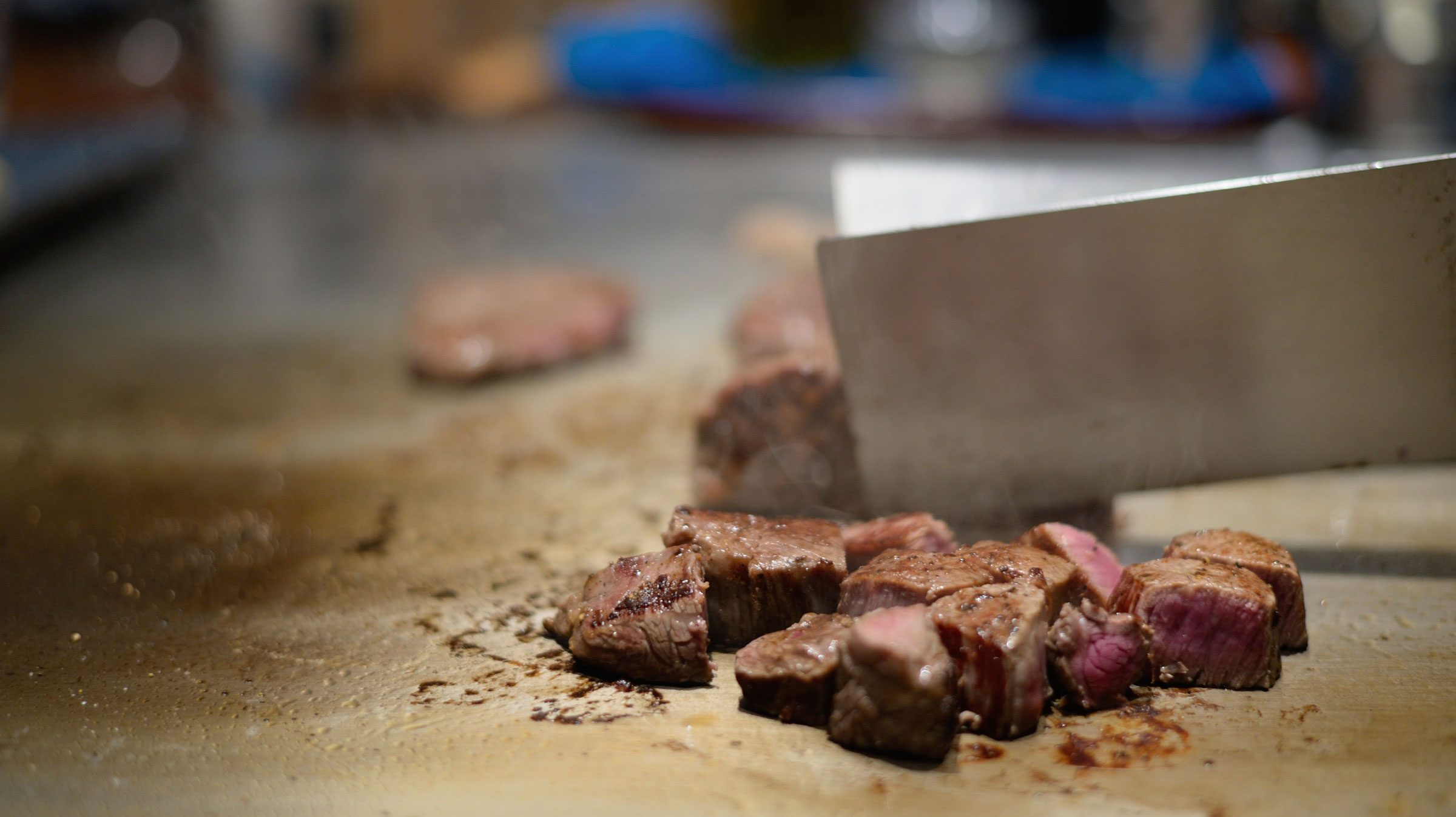 ISTOCK/ELECTRA-K-VASILEIADOU
ISTOCK/ELECTRA-K-VASILEIADOU
Restaurants with a built-in-grill dining table sound like fun. But: “Braised food from a steam table is fraught with peril—sneezing customers, improper cooking,” says Chastain. One Korean BBQ joint in Las Vegas shut down after earning an astoundingly disgusting 53 demerits from the Southern Nevada Health District. Leave the cooking to the chefs.
Meatloaf
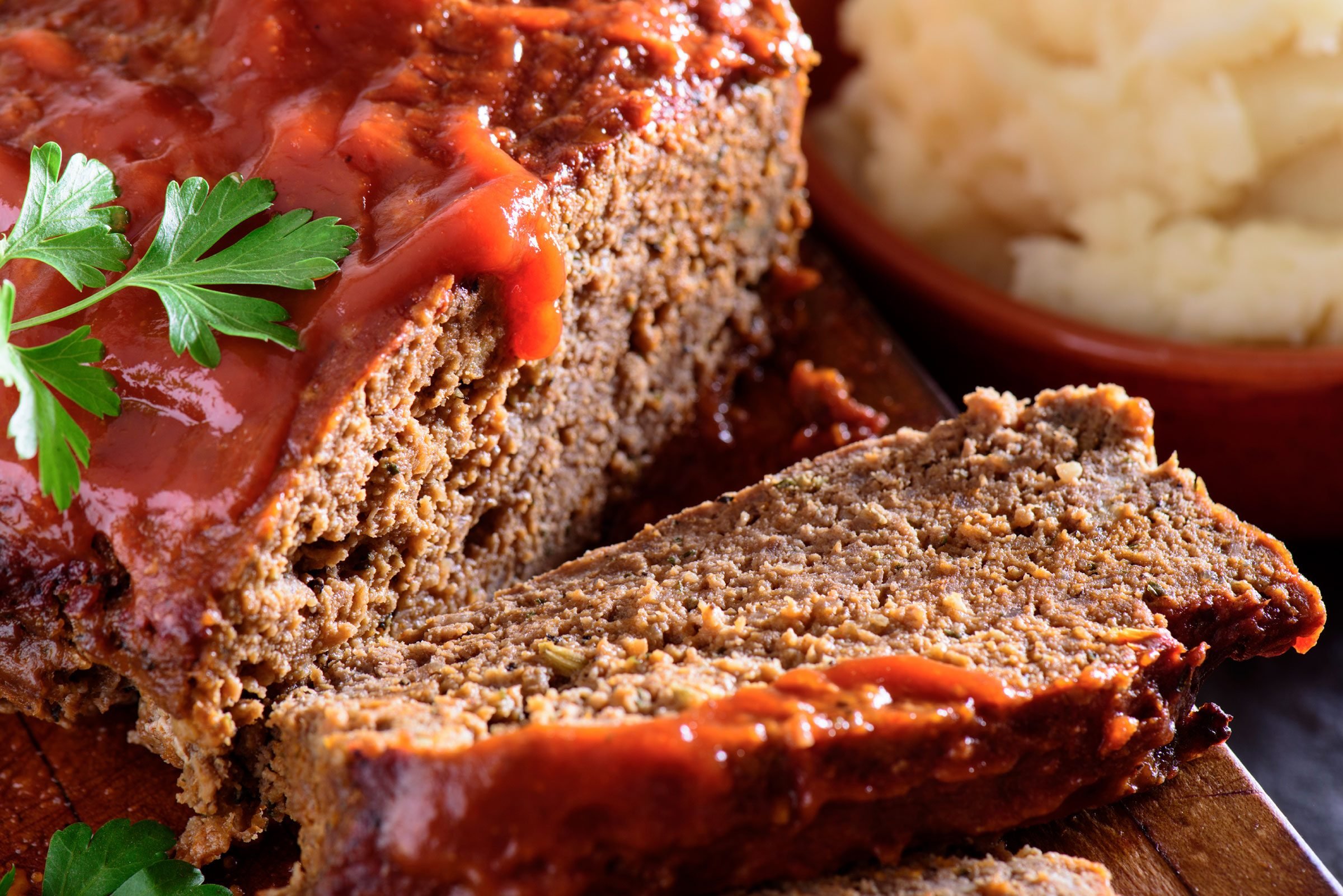 ISTOCK/4KODIAK
ISTOCK/4KODIAK
First, there's often more filler than meat, but restaurants think if they drown the dish in enough sauce and seasoning, you won't notice. To help sell it further, many menus use descriptive words like “homemade,” “home-cooked,” “home-style,” or worst of all, “Mom’s.” Don’t insult your mama! Order a burger or a steak.
CONTENT CONTINUES BELOW AD
"From-there" seafood
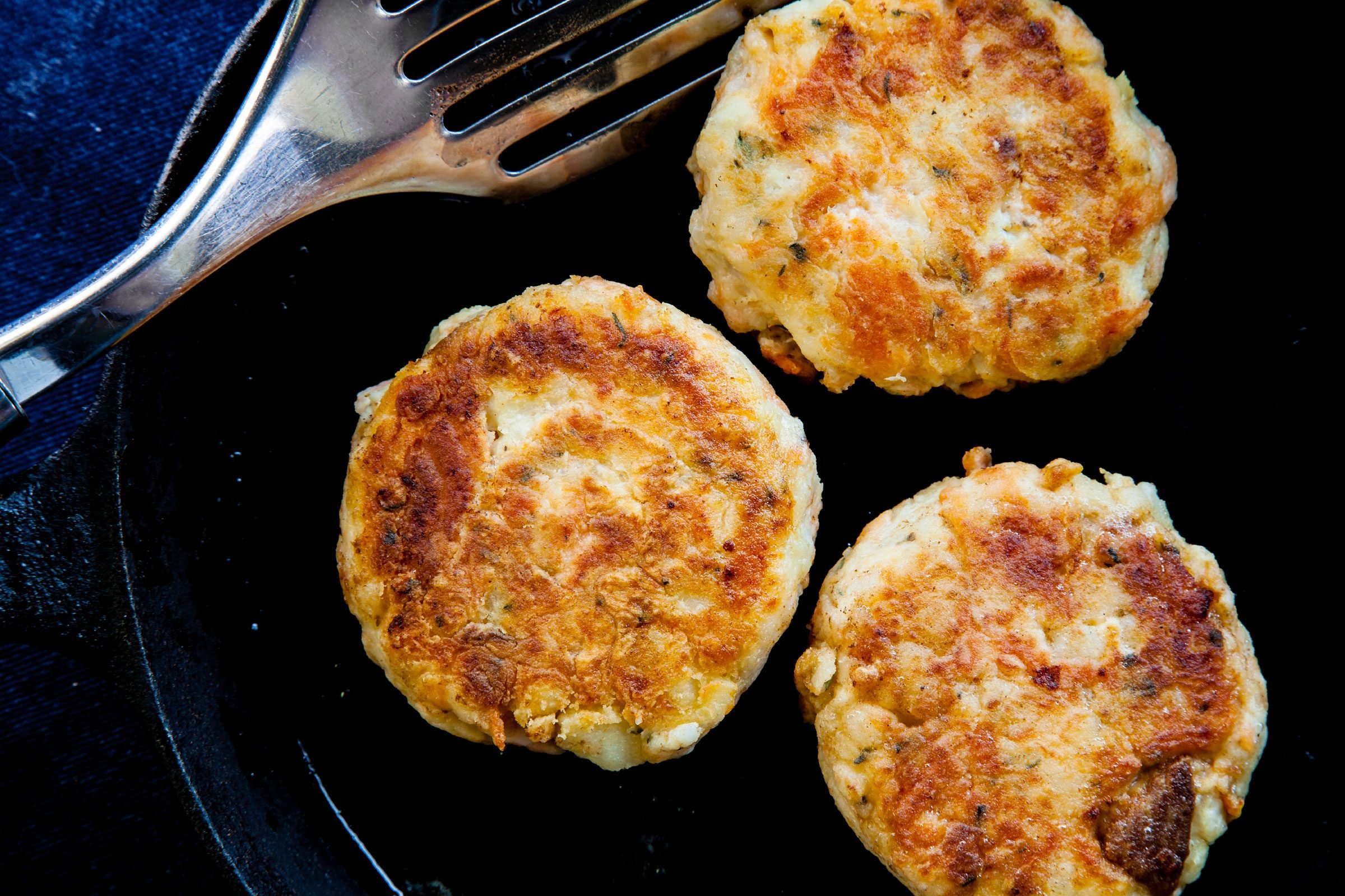 ISTOCK/CPJANES
ISTOCK/CPJANES
Unless the joint is known for its seafood, there’s no guarantee you're going to get what's on the menu. “About 70 percent of the time, for example, those Maryland crab cakes weren't made using crabs from the Chesapeake Bay,” says James Anderson, chairman of the Department of Environmental and Natural Resource Economics at the University of Rhode Island, in Wall Street Journal’s SmartMoney. And while the kitchen might swap snapper for a cheaper tilapia, many times the distributors do a bait and switch, too. Make sure you avoid these fish you should never order at a restaurant.
“Gourmet” Burgers
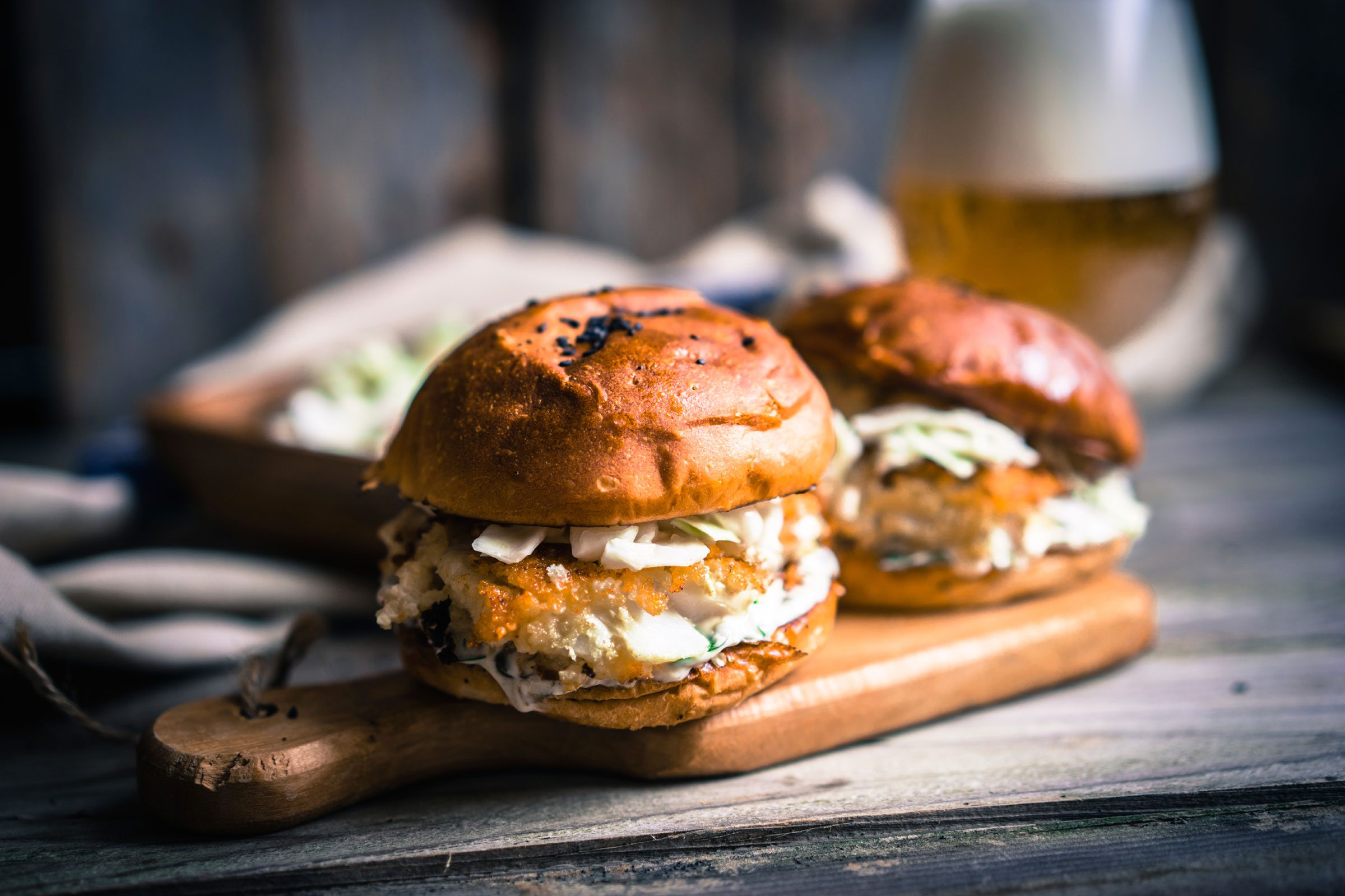 ISTOCK/EHAURYLIK
ISTOCK/EHAURYLIK
By working in one expensive ingredient in small batches (see: truffle oil, fois gras), many customers are cheated into believing they’re getting a taste of highbrow fare for a relatively low price. Beware: Most commercial truffle oils are created by mixing olive oil with a lab-produced chemical. Zagat ranked truffle oil as one of the 8 most overrated ingredients, comparing the oil to trendy fashion labels: "it’s obnoxious, overpriced, and made with cheap material."
Ice cream
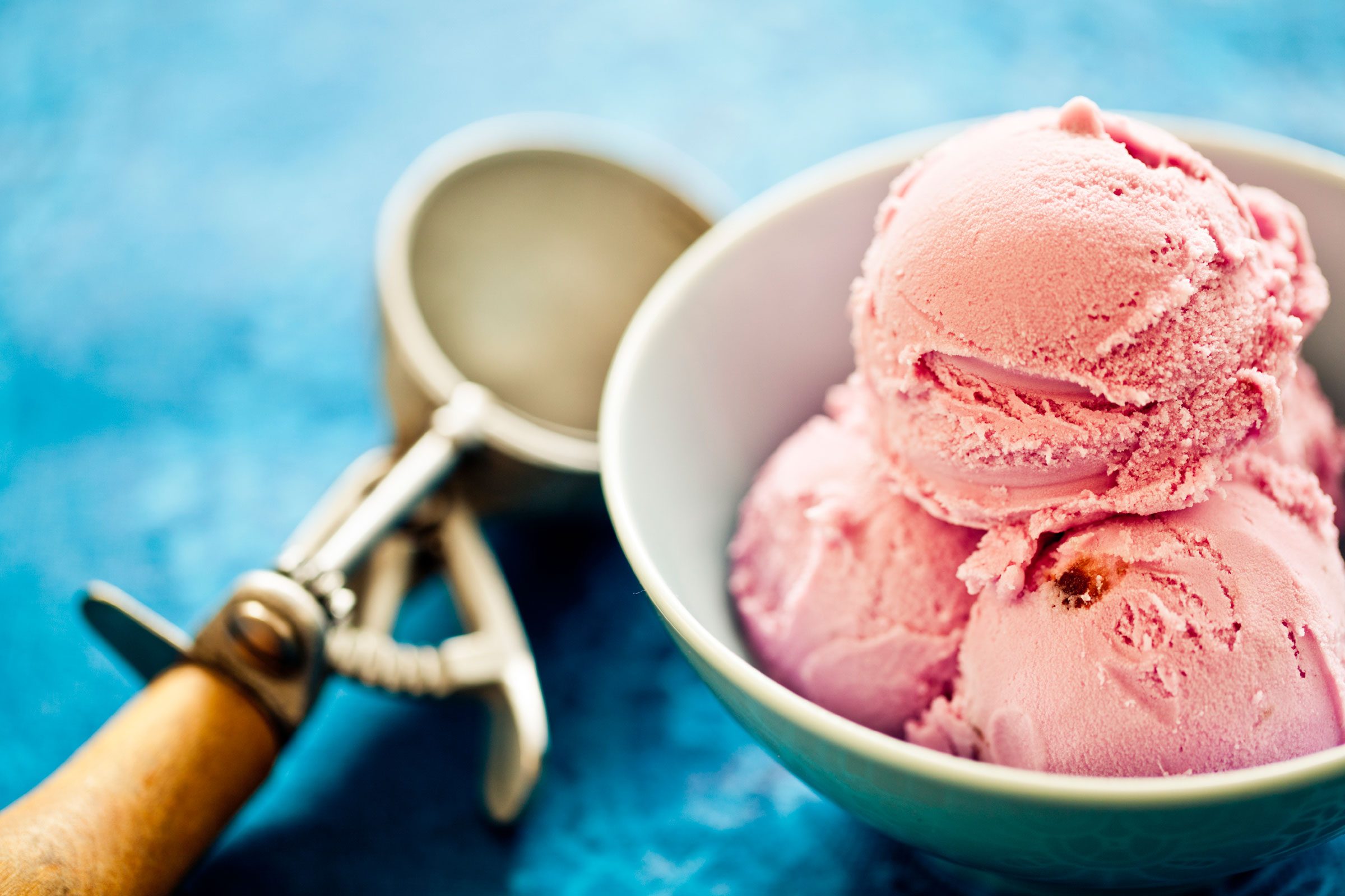 ISTOCK/MMEEMIL
ISTOCK/MMEEMIL
Unless it’s exotic or made in-house, it’s not worth your time, money, or caloric intake. “The idea of dropping big dollars in a restaurant to pay for the same brand I can get from the local grocery doesn’t make me want any,” says Mark Ladisky, senior operations consultant for Synergy Restaurant Consultants.
Chicken
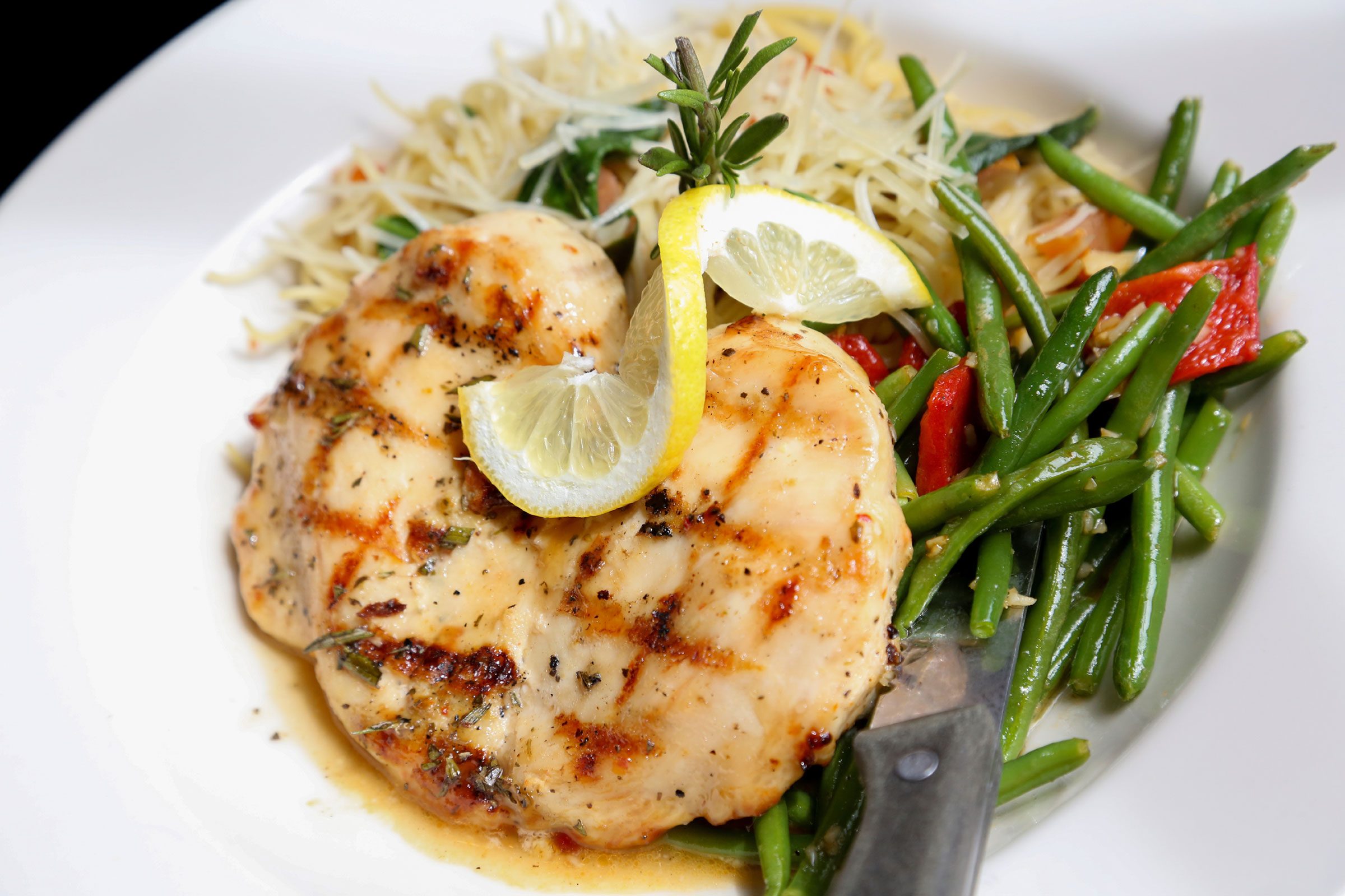 ISTOCK/ROBERT INGELHART
ISTOCK/ROBERT INGELHART
He who orders chicken is, in terms of ordering outside the box, a chicken. “There is typically nothing unique about the preparation that is worth my attention on the menu,” says Ladisky. It's also cheap meat that gets marked up substantially. Be bolder.
CONTENT CONTINUES BELOW AD
Pizza
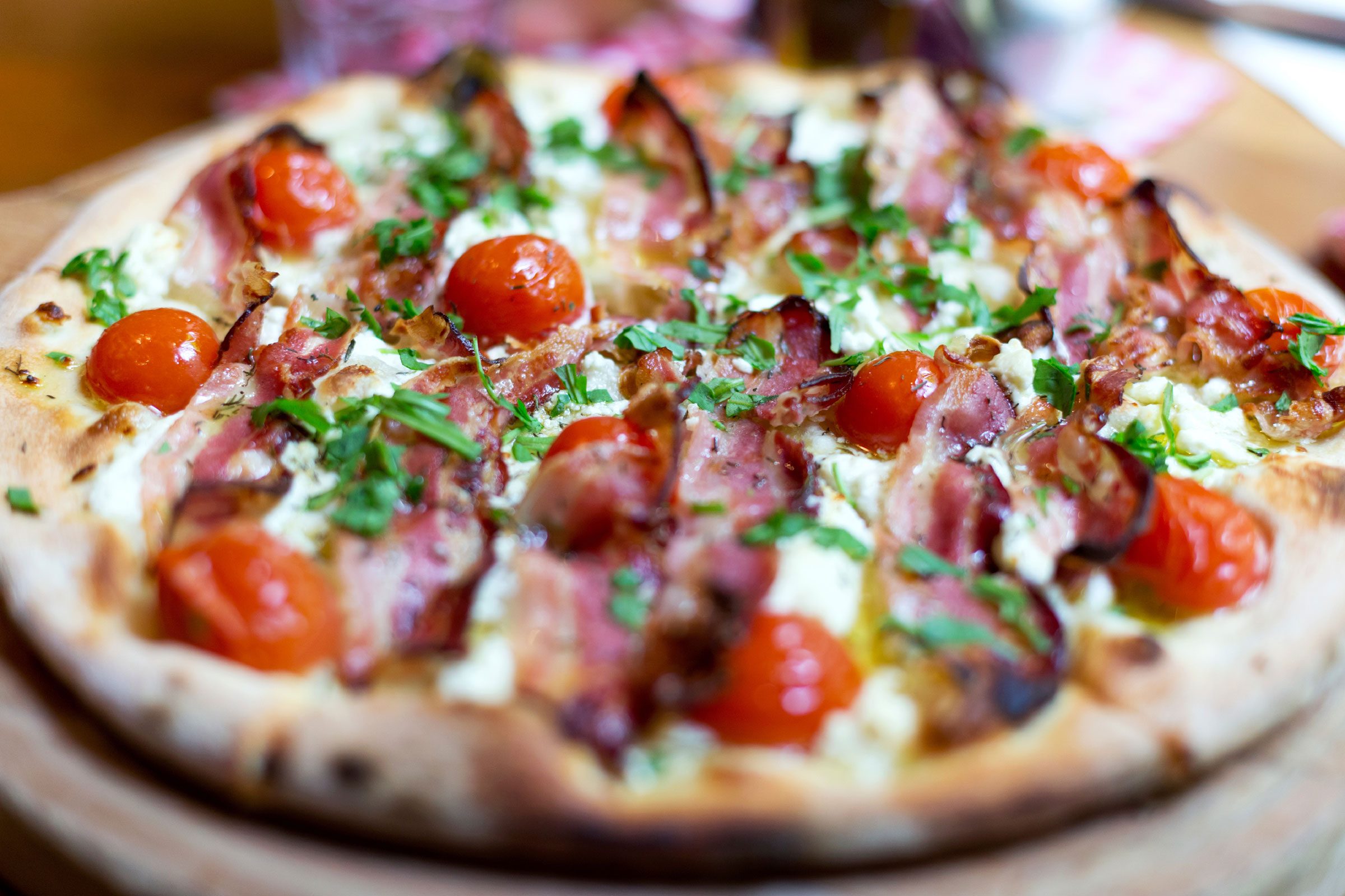 ISTOCK/ZORANM
ISTOCK/ZORANM
Pizza is a gold mine for restaurants: cheap ingredients and big mark-ups. So buying pizza from a restaurant that isn’t dedicated to doing it right is a waste of money and tomatoes, according to Ladisky. “I can’t recommend throwing money away on a slightly upgraded freezer-section pizza baked in a toaster oven,” he says. One New York City pizzeria spends $3.64 on ingredients for a Margherita pizza and sells it for $10—that's a 300 percent markup. Check out these 24 things restaurant owners wish they could tell you.
Edamame
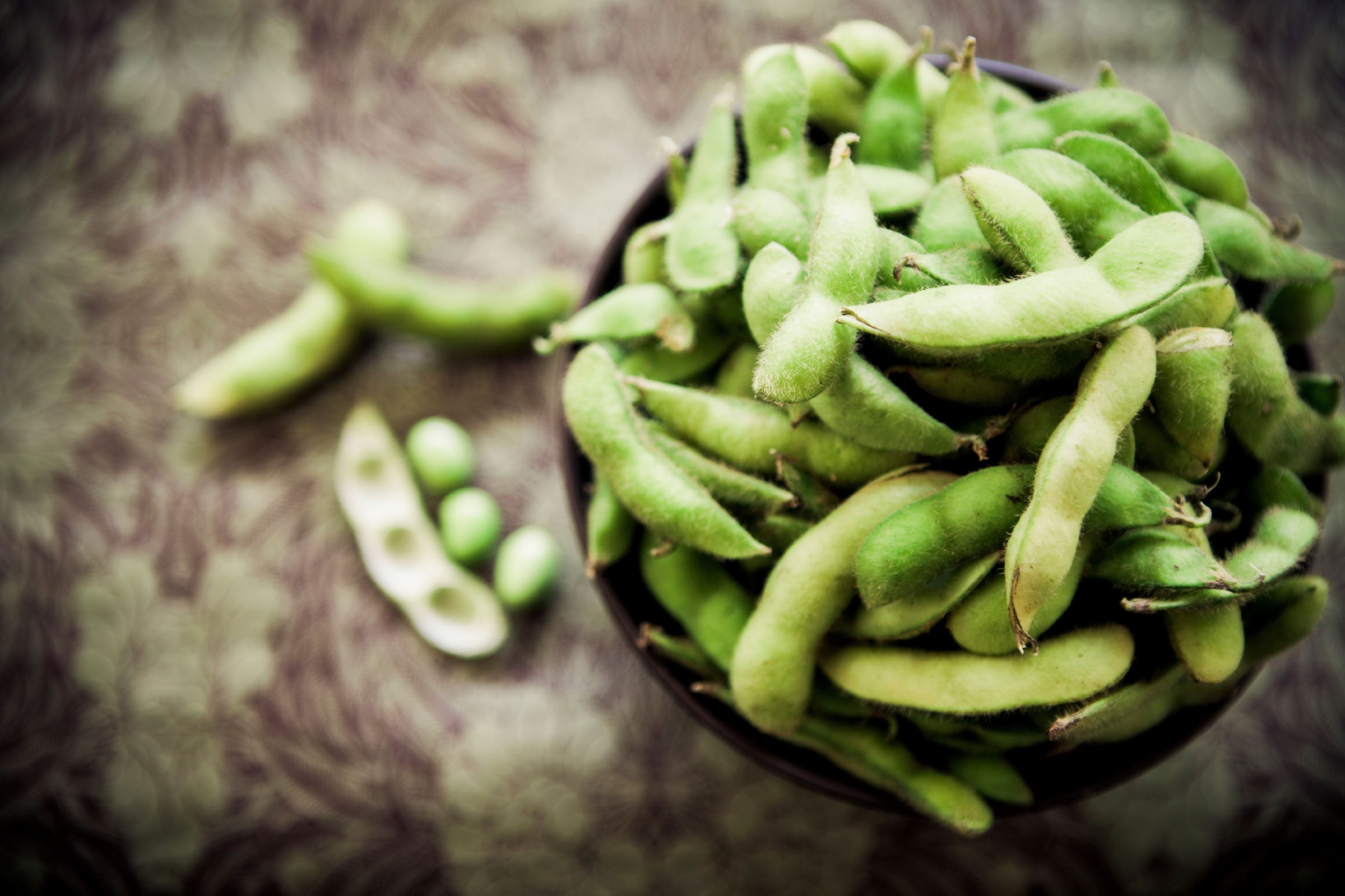 ISTOCK/MMEEMIL
ISTOCK/MMEEMIL
Though it might be the cheapest appetizer on the menu, it’s never worth as much as it costs. A giant 12-oz. steamable bag of edamame at the grocery store will run you the same price on average, if not cheaper. And all that goes into preparing edamame is a little heating up.
Bread baskets
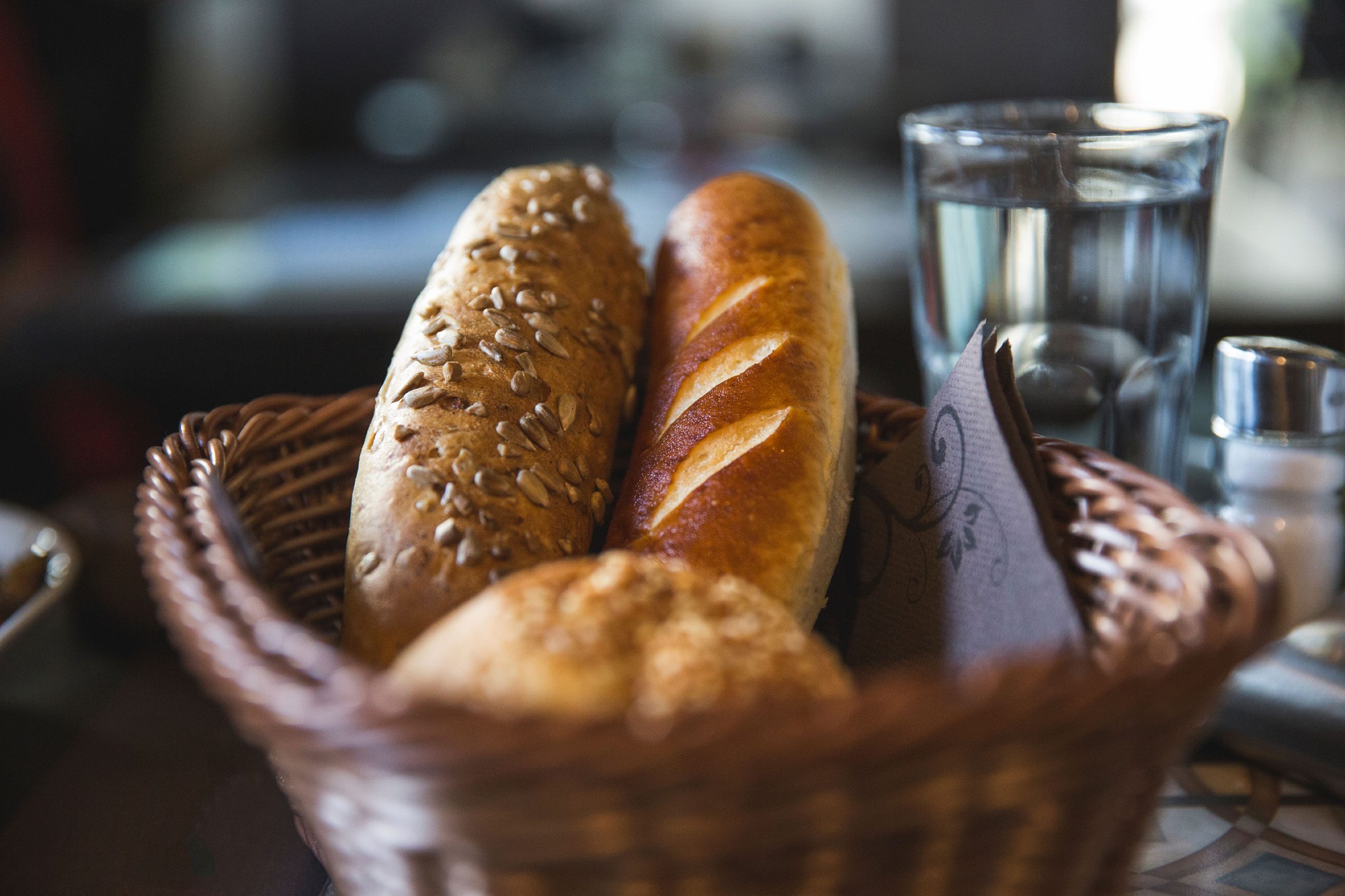 ISTOCK/FREEMIXER
ISTOCK/FREEMIXER
A basket of bread is a restaurant standby—and more importantly, a complimentary restaurant standby. Don’t be duped into doling out a few bucks, even if it's artisan-quality. Make sure you know the foods chefs never order at restaurants.




No comments